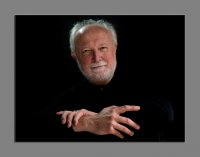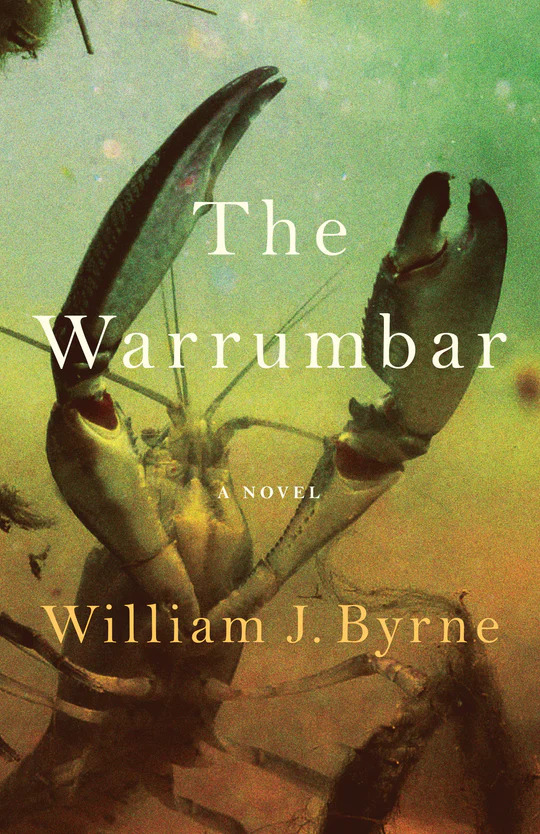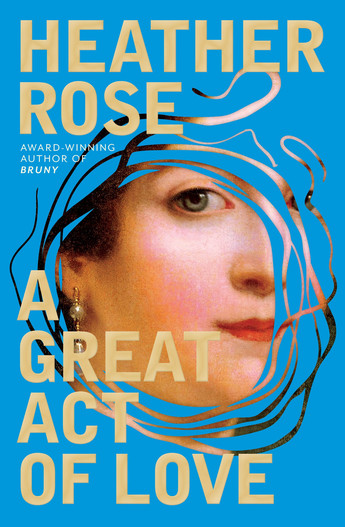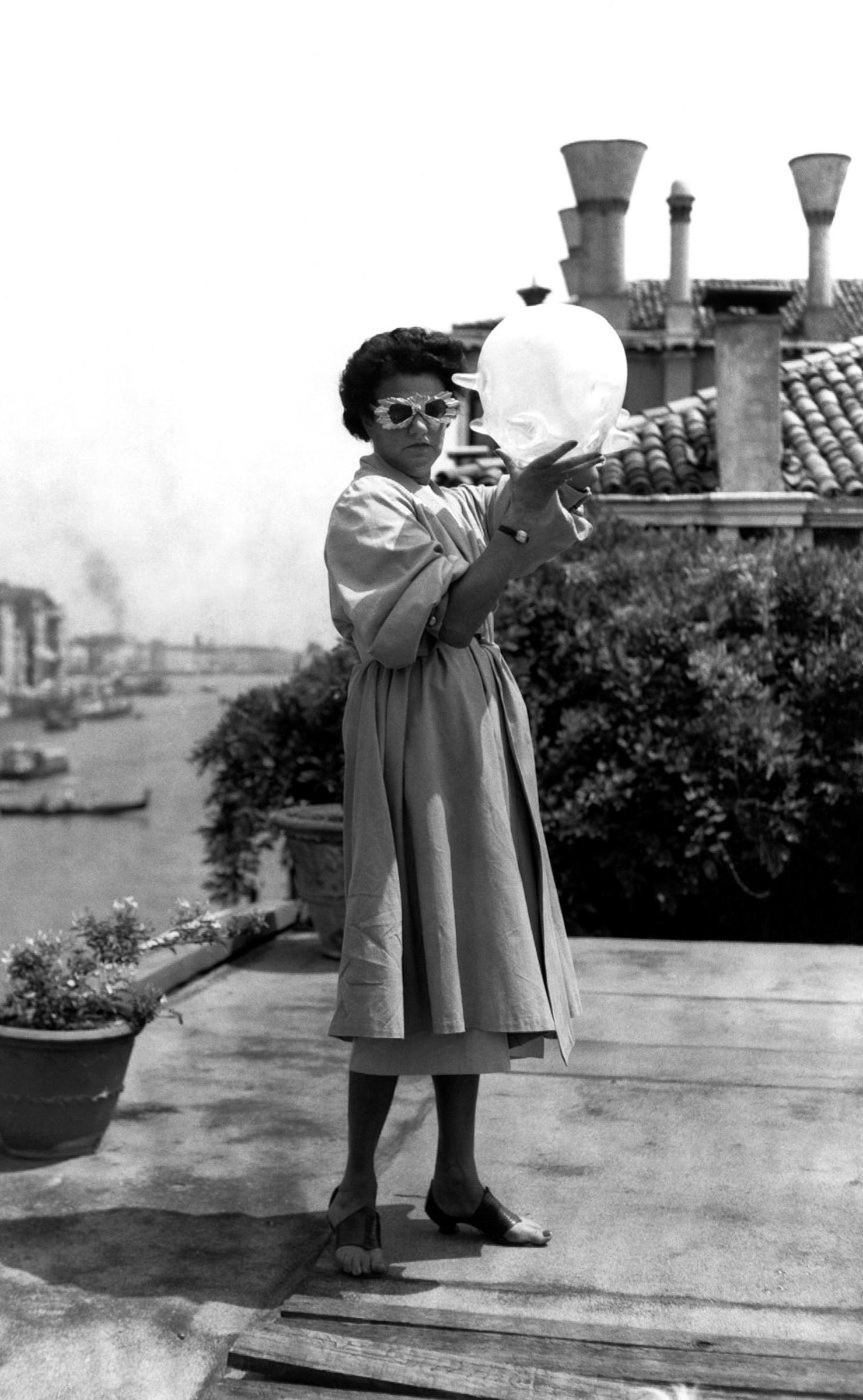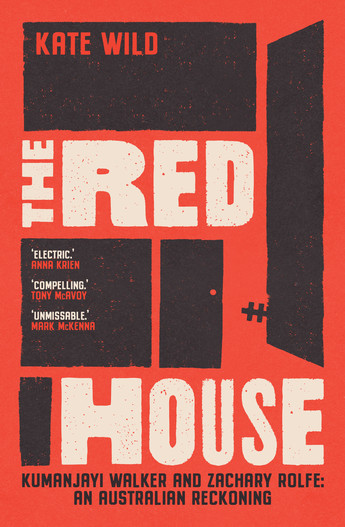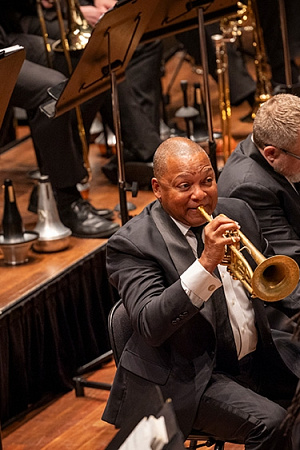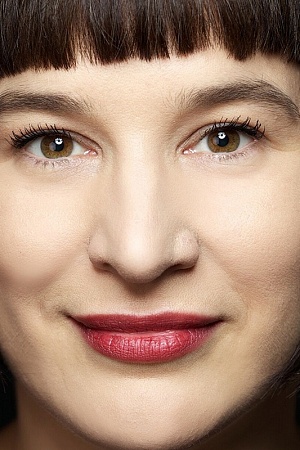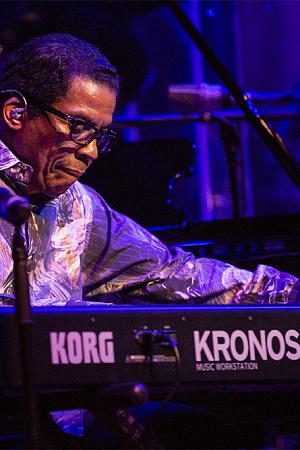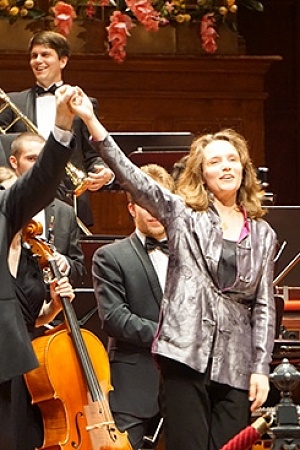Bruckner and Strauss
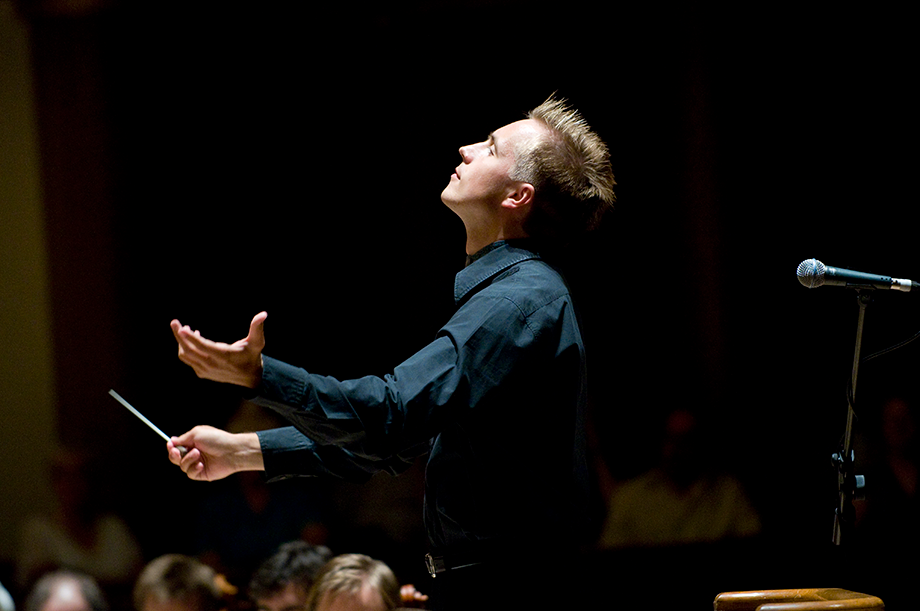
Melbourne Symphony Orchestra’s program was a feast of late Romanticism preceded by an entrée from the mid-Romantic period. The opener was the Overture to Wagner’s Der fliegende Holländer (The Flying Dutchman), composed in 1841, when Mendelssohn, Chopin, and Schumann were at the height of their creativity. Of course, Wagner was born only a few years after these composers, but his significantly greater longevity makes us regard him as a late Romantic, his major works dating from the second half of the nineteenth century. The Overture was given a powerful performance by the orchestra, and it was immediately evident that the players were at one with Vasily Petrenko’s precise and expressive direction.
The seven lieder by Richard Strauss that followed do not form a cycle, as such, but are simply a miscellany of love songs from various periods of the composer’s life. All were originally written for voice and piano, but all were subsequently orchestrated, mostly by Strauss himself. In the case of Zueignung (‘Dedication’), perhaps the most popular of the selection, the orchestration was done by conductor Robert Heger in 1932.
Continue reading for only $10 per month. Subscribe and gain full access to Australian Book Review. Already a subscriber? Sign in. If you need assistance, feel free to contact us.
